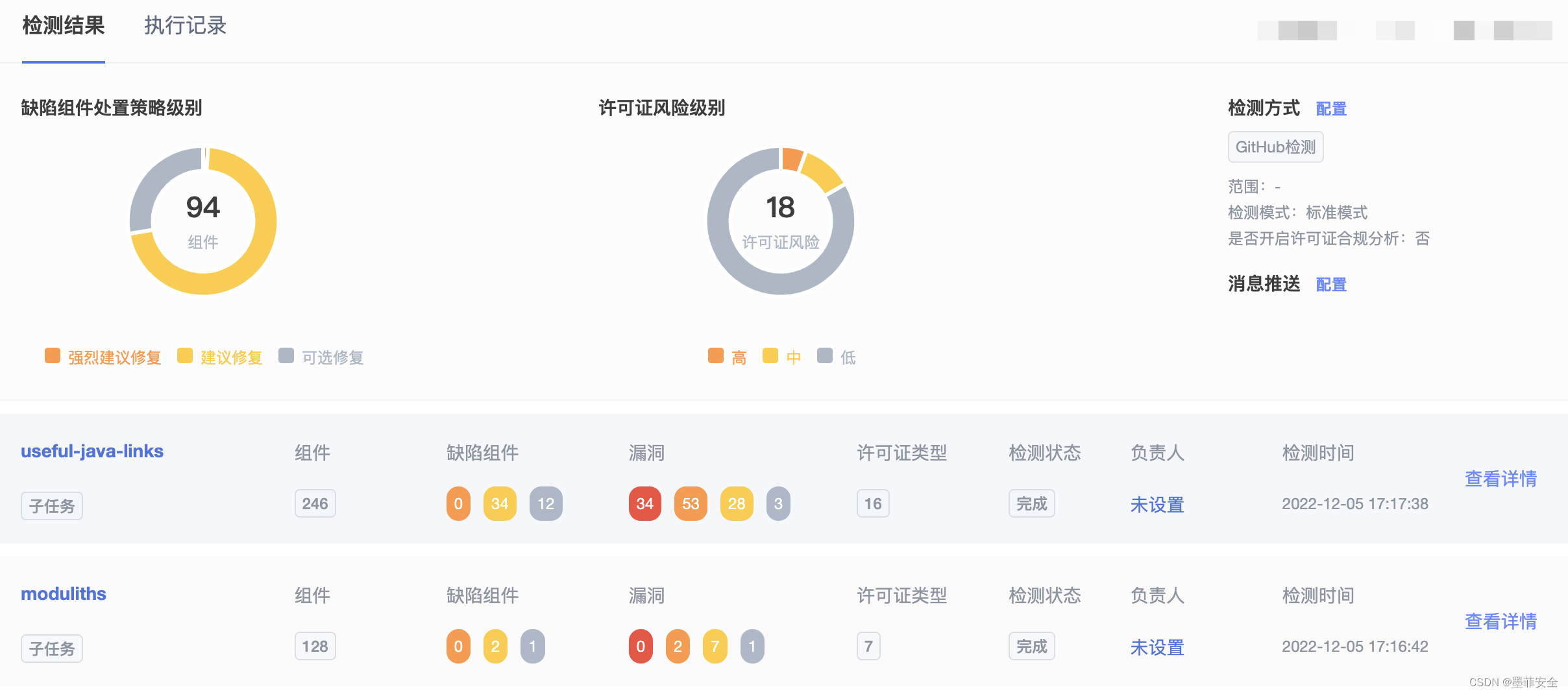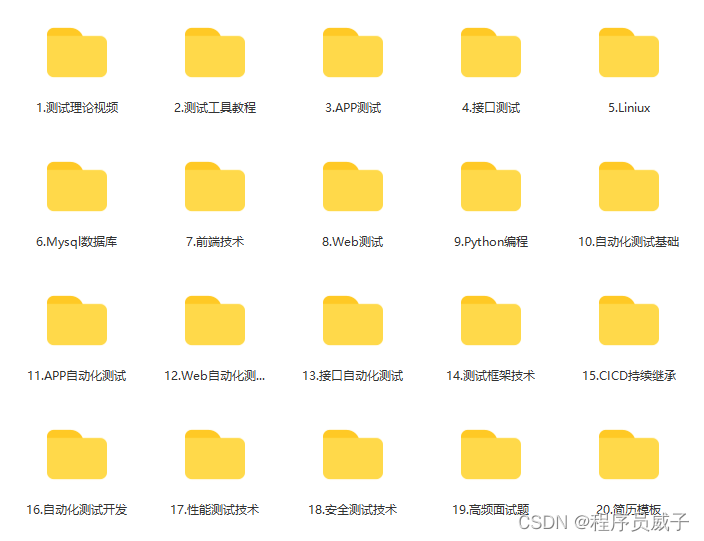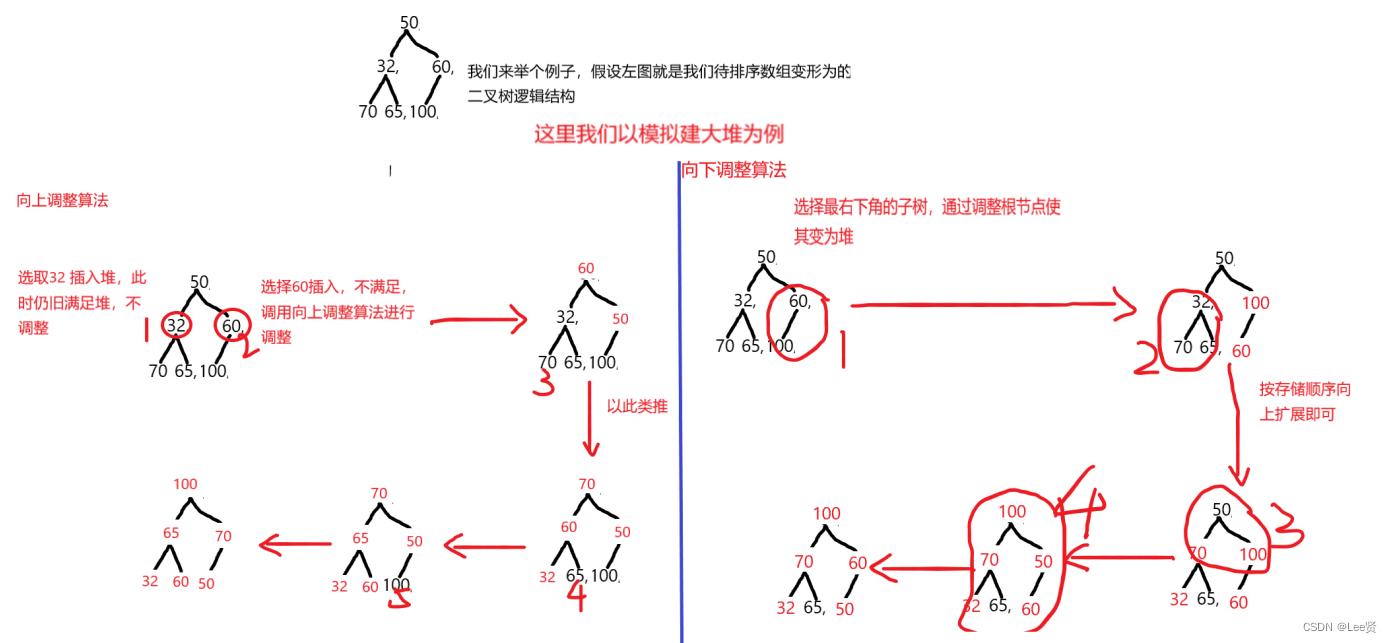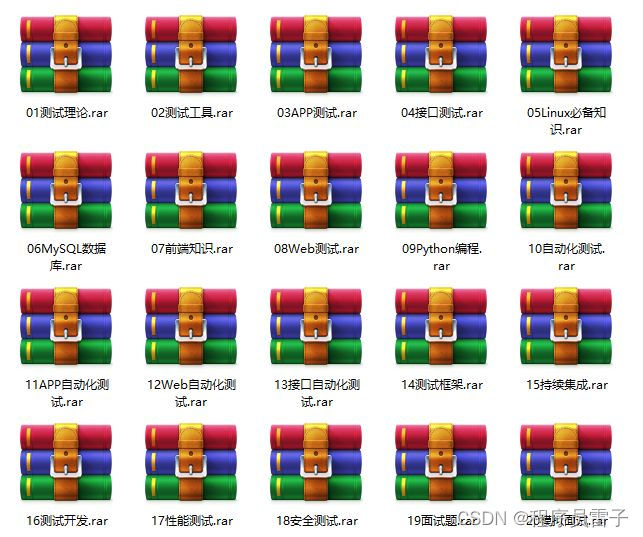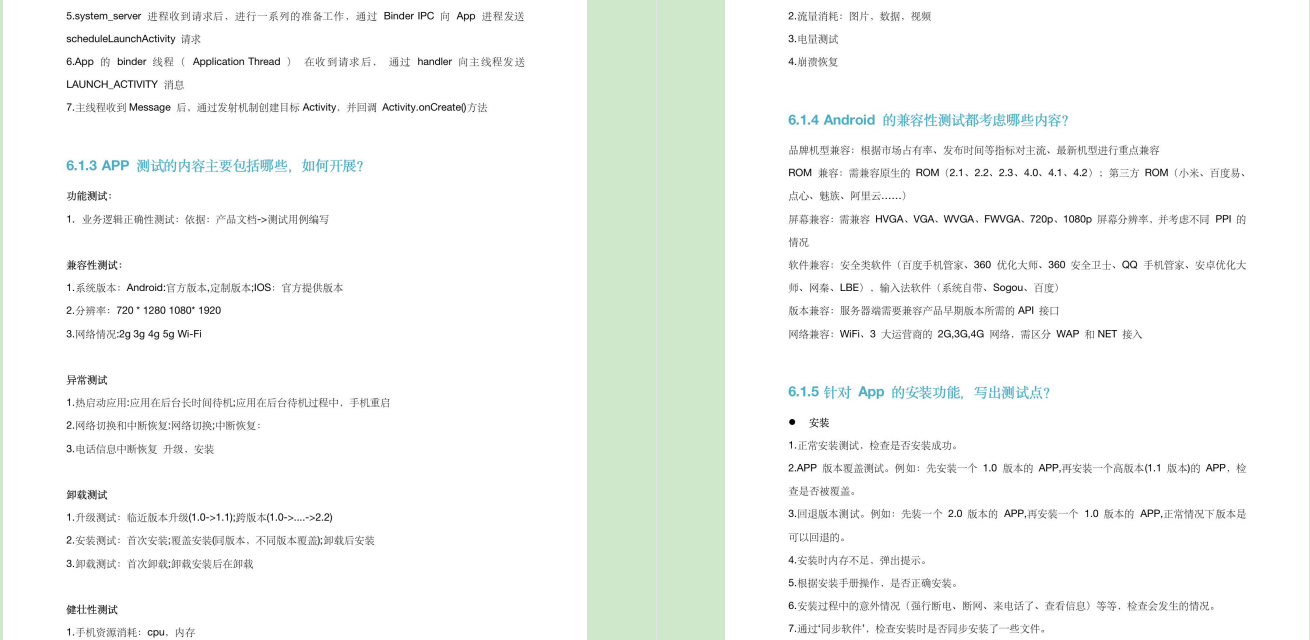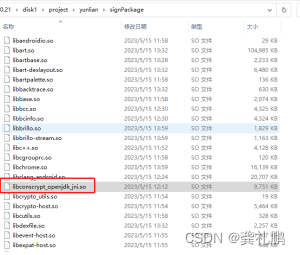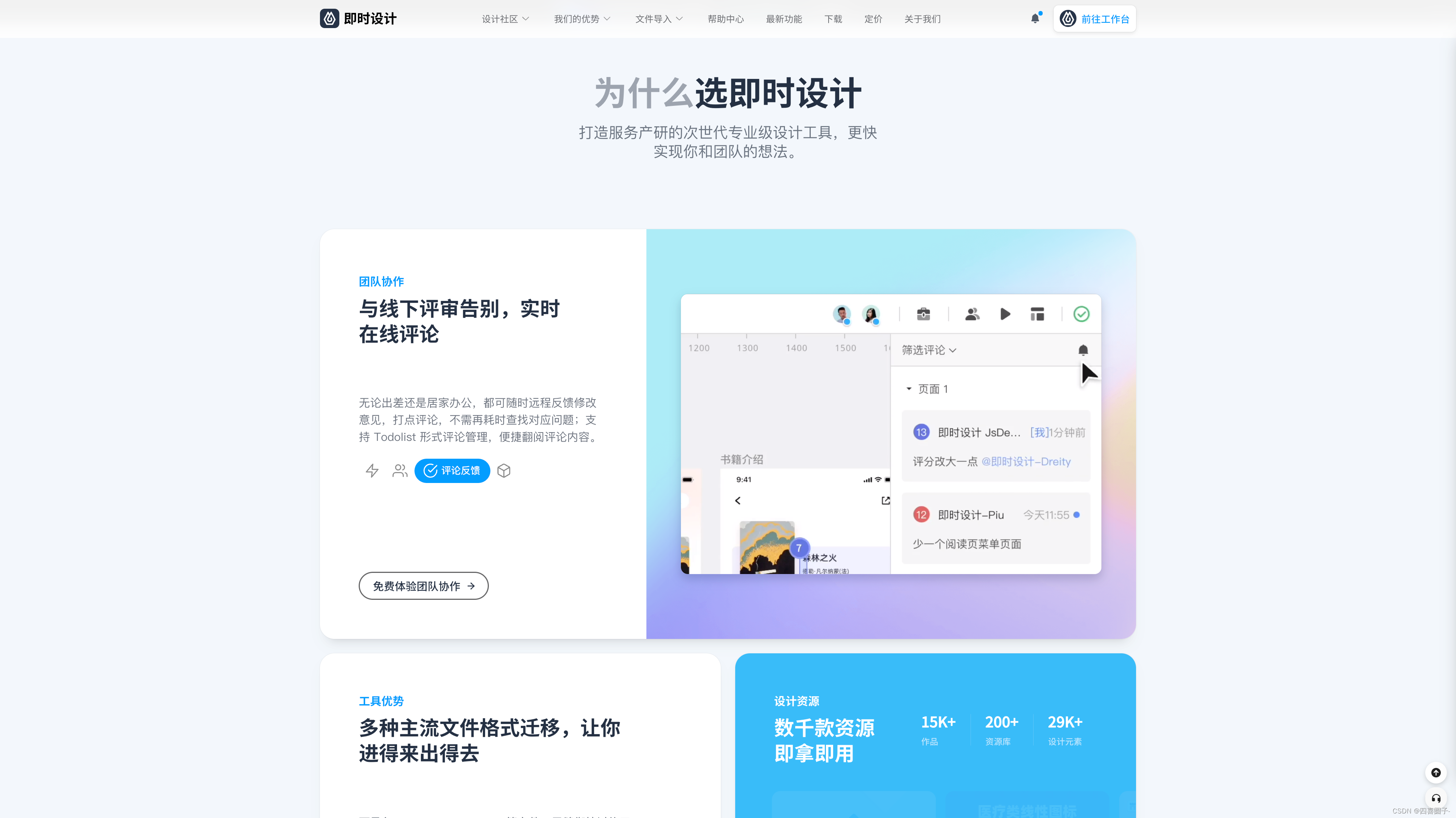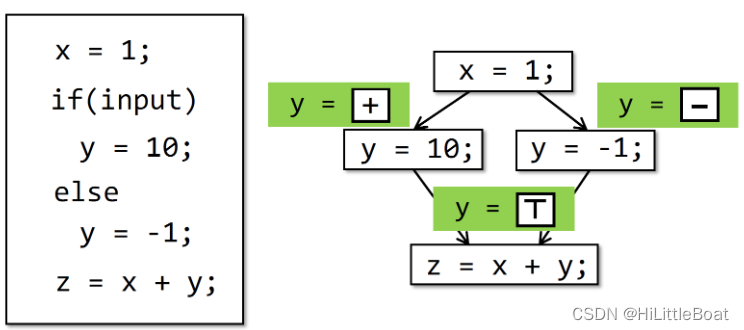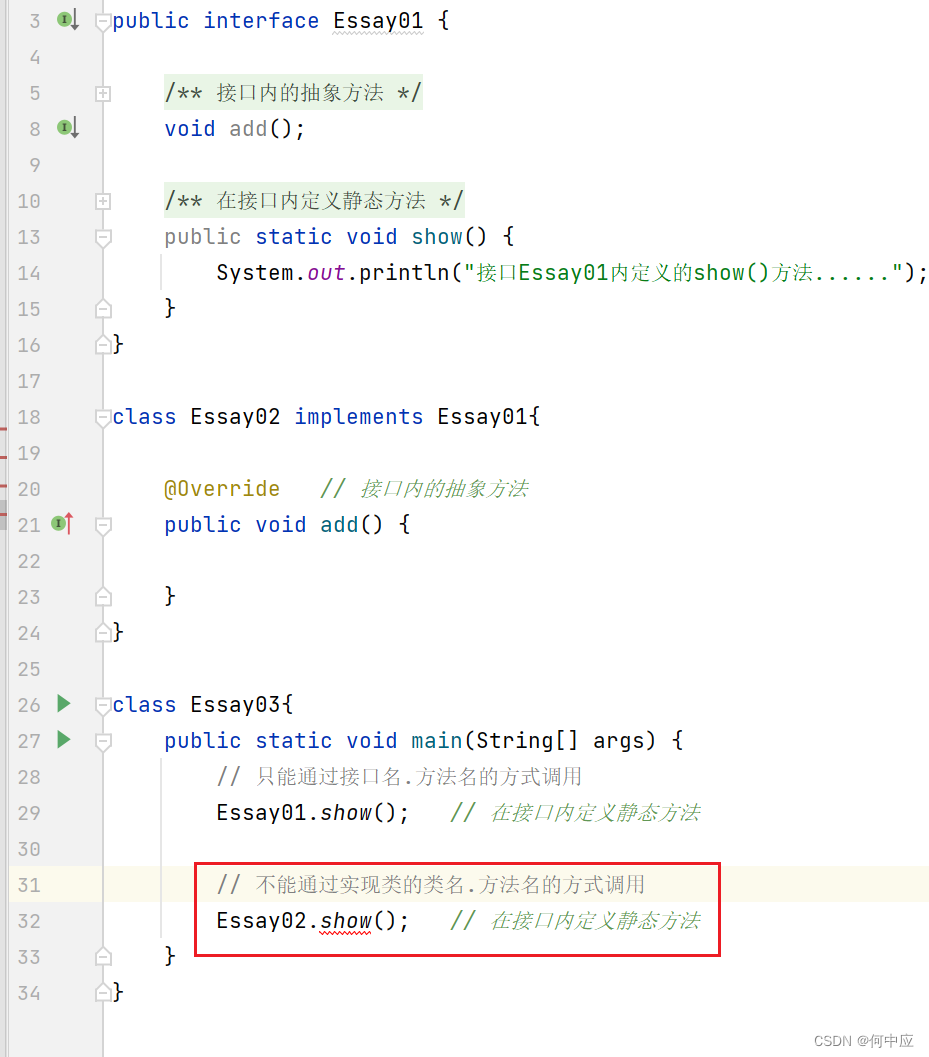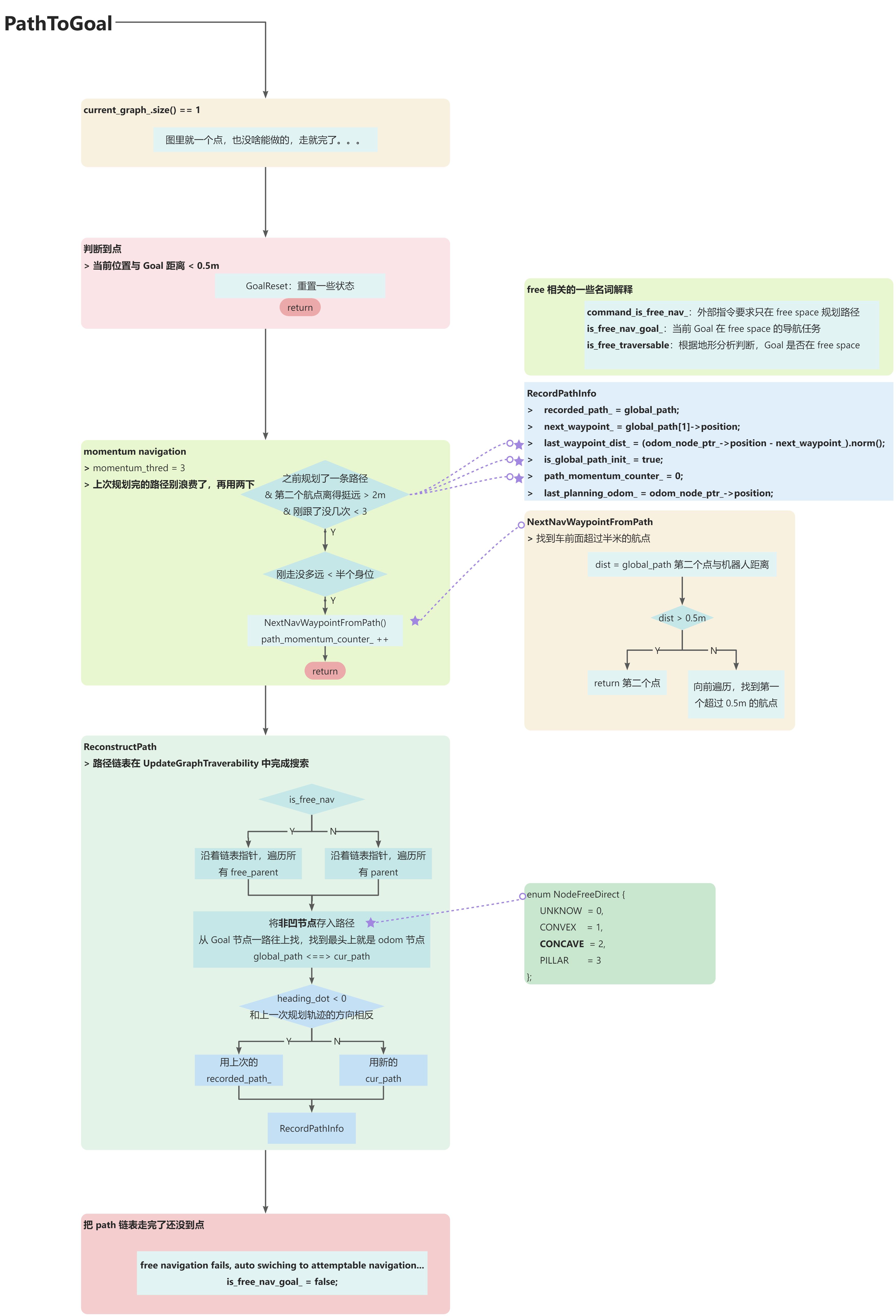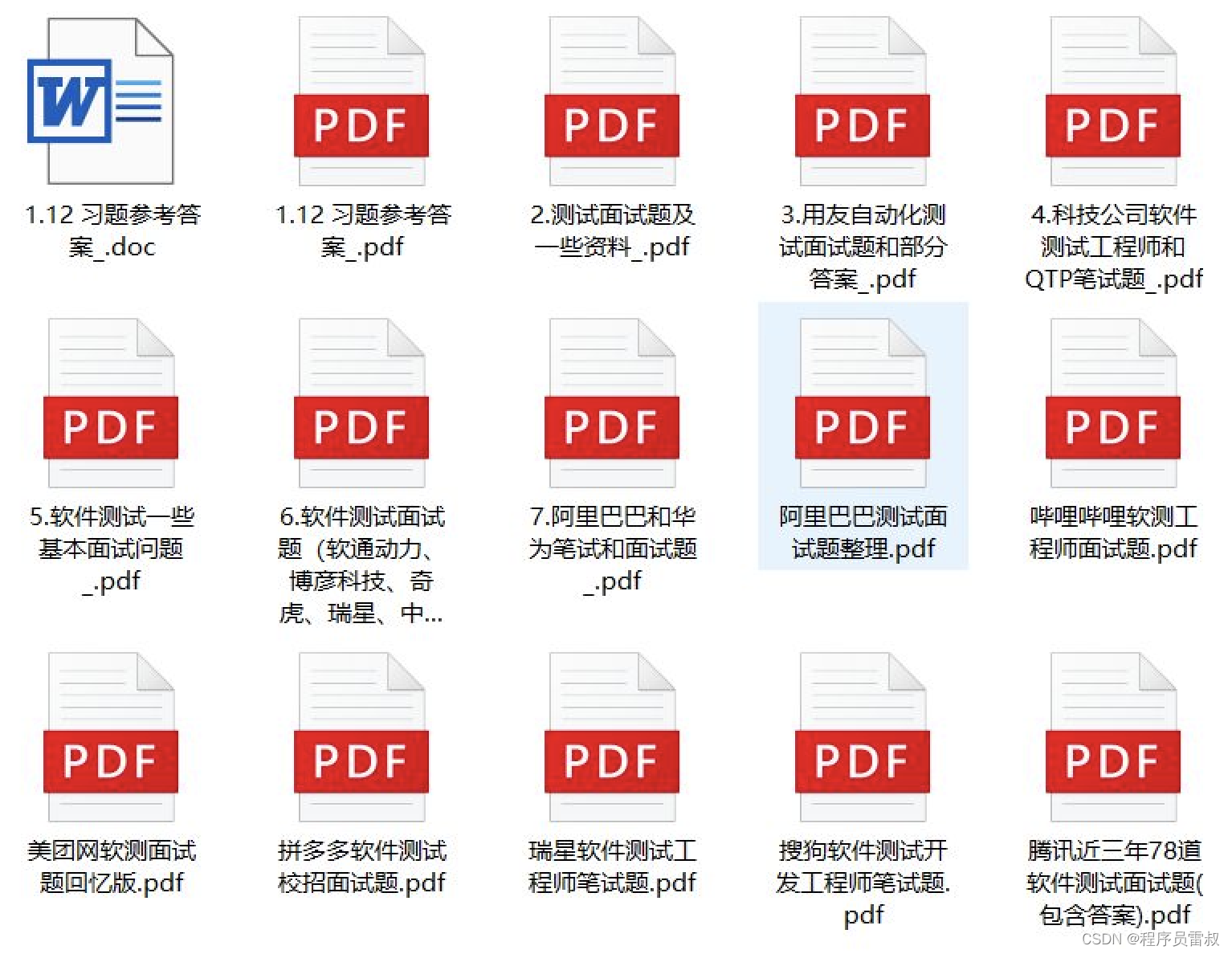文章目录
- 前言
- 源码分析
- ctx.writeAndFlush 的逻辑
- writeAndFlush 源码
- ChannelOutBoundBuff 类
- addMessage 方法
- addFlush 方法
- AbstractNioByteChannel 类
- 小结
前言
对于使用netty的小伙伴来说,我们想通过服务端往客户端发送数据,通常我们会调用ctx.writeAndFlush(数据)的方式。那么它都执行了那些行为呢,是怎么将消息发送出去的呢。
源码分析
下面的这个方法是用来接收客户端发送过来的数据,通常会使用ctx.writeAndFlush(数据)来向客户端发送数据。
@Override
public void channelRead(ChannelHandlerContext ctx, Object msg) throws Exception {
System.out.println(" 接收到消息:" + msg);
String str = "服务端收到:" + new Date() + msg;
ctx.writeAndFlush(str);
}
ctx.writeAndFlush 的逻辑
private void write(Object msg, boolean flush, ChannelPromise promise) {
//...
AbstractChannelHandlerContext next = this.findContextOutbound(flush ? 98304 : '耀');
Object m = this.pipeline.touch(msg, next);
EventExecutor executor = next.executor();
if (executor.inEventLoop()) {
if (flush) {
next.invokeWriteAndFlush(m, promise);
} else {
next.invokeWrite(m, promise);
}
} else {
Object task;
if (flush) {
task = AbstractChannelHandlerContext.WriteAndFlushTask.newInstance(next, m, promise);
} else {
task = AbstractChannelHandlerContext.WriteTask.newInstance(next, m, promise);
}
if (!safeExecute(executor, (Runnable)task, promise, m)) {
((AbstractChannelHandlerContext.AbstractWriteTask)task).cancel();
}
}
}
从上述源码我们可以知道,WriteAndFlush()相对于Write(),它的flush字段是true。
write:将需要写的 ByteBuff 存储到 ChannelOutboundBuffer中。
flush:从ChannelOutboundBuffer中将需要发送的数据读出来,并通过 Channel 发送出去。
writeAndFlush 源码
public ChannelFuture writeAndFlush(Object msg) {
return this.writeAndFlush(msg, this.newPromise());
}
public ChannelPromise newPromise() {
return new DefaultChannelPromise(this.channel(), this.executor());
}
writeAndFlush方法里提供了一个默认的 newPromise()作为参数传递。在Netty中发送消息是一个异步操作,那么可以通过往hannelPromise中注册回调监听listener来得到该操作是否成功。
在发送消息时添加监听
ctx.writeAndFlush(str,ctx.newPromise().addListener(new ChannelFutureListener(){
@Override
public void operationComplete(ChannelFuture channelFuture) throws Exception{
channelFuture.isSuccess();
}
}));
继续向下一层跟进代码,AbstractChannelHandlerContext中的invokeWriteAndFlush的源码。
private void invokeWriteAndFlush(Object msg, ChannelPromise promise) {
if (this.invokeHandler()) {
this.invokeWrite0(msg, promise);
this.invokeFlush0();
} else {
this.writeAndFlush(msg, promise);
}
}
从上述源码我们可以能够知道:
1、首先通过invokeHandler()判断通道处理器是否已添加到管道中。
2、执行消息处理 invokeWrite0方法:
- 首先将消息内容放入输出缓冲区中 invokeFlush0;
- 然后将输出缓冲区中的数据通过socket发送到网络中。
分析invokeWrite0执行的内容,源码如下:
private void invokeWrite0(Object msg, ChannelPromise promise) {
try {
((ChannelOutboundHandler)this.handler()).write(this, msg, promise);
} catch (Throwable var4) {
notifyOutboundHandlerException(var4, promise);
}
}
((ChannelOutboundHandler)this.handler()).write是一个出站事件ChannelOutboundHandler,会由ChannelOutboundHandlerAdapter处理。
@Skip
public void write(ChannelHandlerContext ctx, Object msg, ChannelPromise promise) throws Exception {
ctx.write(msg, promise);
}
接下来会走到ChannelPipeline中,来执行网络数据发送;我们来看DefaultChannelPipeline 中HeadContext的write方法源码
public void write(ChannelHandlerContext ctx, Object msg, ChannelPromise promise) {
this.unsafe.write(msg, promise);
}
unsafe是构建NioServerSocketChannel或NioSocketChannel对象时,一并构建一个成员属性,它会完成底层真正的网络操作等。
我们跟进HenderContext的write() ,而HenderContext的中依赖的是unsafe.wirte()。所以直接去 AbstractChannel的Unsafe 源码如下:
public final void write(Object msg, ChannelPromise promise) {
this.assertEventLoop();
ChannelOutboundBuffer outboundBuffer = this.outboundBuffer;
if (outboundBuffer == null) {// 缓存 写进来的 buffer
this.safeSetFailure(promise, this.newWriteException(AbstractChannel.this.initialCloseCause));
ReferenceCountUtil.release(msg);
} else {
int size;
try {
// buffer Dirct化 , (我们查看 AbstractNioByteBuf的实现)
msg = AbstractChannel.this.filterOutboundMessage(msg);
size = AbstractChannel.this.pipeline.estimatorHandle().size(msg);
if (size < 0) {
size = 0;
}
} catch (Throwable var6) {
this.safeSetFailure(promise, var6);
ReferenceCountUtil.release(msg);
return;
}
// 插入写队列 将 msg 插入到 outboundBuffer
// outboundBuffer 这个对象是 ChannelOutBoundBuff 类型的,它的作用就是起到一个容器的作用
// 下面看, 是如何将 msg 添加进 ChannelOutBoundBuff 中的
outboundBuffer.addMessage(msg, size, promise);
}
}
从上述源码中,我们可以看出,首先调用 assertEventLoop 确保该方法的调用是在reactor线程中;然后,调用 filterOutboundMessage() 方法,将待写入的对象过滤。下面我们来看看filterOutboundMessage方法的源码。
protected final Object filterOutboundMessage(Object msg) {
if (msg instanceof ByteBuf) {
ByteBuf buf = (ByteBuf)msg;
return buf.isDirect() ? msg : this.newDirectBuffer(buf);
} else if (msg instanceof FileRegion) {
return msg;
} else {
throw new UnsupportedOperationException("unsupported message type: " + StringUtil.simpleClassName(msg) + EXPECTED_TYPES);
}
}
从上述源码可以看出,只有ByteBuf以及 FileRegion可以进行最终的Socket网络传输,其他类型的数据是不支持的,会抛UnsupportedOperationException异常。并且会把堆 ByteBuf 转换为一个非堆的 ByteBuf 返回。也就说,最后会通过socket传输的对象时非堆的 ByteBuf 和 FileRegion。
在发送数据时,我们需要估算出需要写入的 ByteBuf 的size,我们来看看 DefaultMessageSizeEstimator 的HandleImpl类中的size()方法。
public final class DefaultMessageSizeEstimator implements MessageSizeEstimator {
private static final class HandleImpl implements Handle {
private final int unknownSize;
private HandleImpl(int unknownSize) {
this.unknownSize = unknownSize;
}
public int size(Object msg) {
if (msg instanceof ByteBuf) {
return ((ByteBuf)msg).readableBytes();
} else if (msg instanceof ByteBufHolder) {
return ((ByteBufHolder)msg).content().readableBytes();
} else {
return msg instanceof FileRegion ? 0 : this.unknownSize;
}
}
}
}
通过ByteBuf.readableBytes()判断消息内容大小,估计待发送消息数据的大小,如果是FileRegion的话直接返回0,否则返回ByteBuf中可读取字节数。
接下来我们来看看是如何将 msg 添加进 ChannelOutBoundBuff 中的。
ChannelOutBoundBuff 类
ChannelOutboundBuffer类主要用于存储其待处理的出站写请求的内部数据。当 Netty 调用 write时数据不会真正地去发送而是写入到ChannelOutboundBuffer 缓存队列,直到调用 flush方法 Netty 才会从ChannelOutboundBuffer取数据发送。每个 Unsafe 都会绑定一个ChannelOutboundBuffer,也就是说每个客户端连接上服务端都会创建一个 ChannelOutboundBuffer 绑定客户端 Channel。
观察 ChannelOutBoundBuff 源码,可以看到以下四个属性:
public final class ChannelOutboundBuffer {
//...
private ChannelOutboundBuffer.Entry flushedEntry;
private ChannelOutboundBuffer.Entry unflushedEntry;
private ChannelOutboundBuffer.Entry tailEntry;
private int flushed;
//...
}
-
flushedEntry:指针表示第一个被写到操作系统Socket缓冲区中的节点; -
unFlushedEntry:指针表示第一个未被写入到操作系统Socket缓冲区中的节点; -
tailEntry:指针表示ChannelOutboundBuffer缓冲区的最后一个节点。 -
flushed:表示待发送数据个数。
下面分别是三个指针的作用,示意图如下:
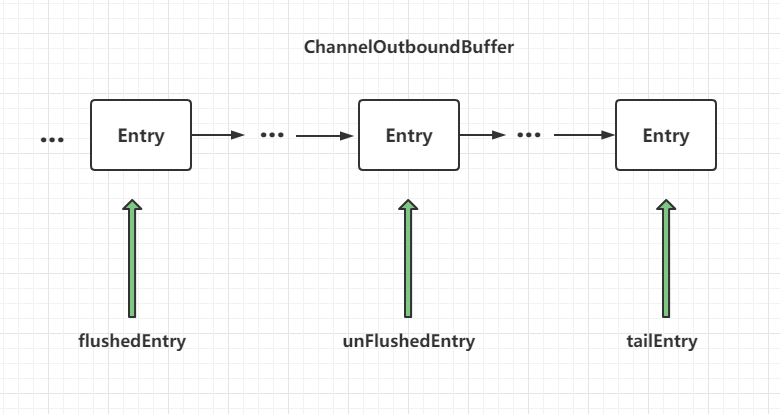
flushedEntry指针表示第一个被写到操作系统Socket缓冲区中的节点;unFlushedEntry指针表示第一个未被写入到操作系统Socket缓冲区中的节点;tailEntry指针表示ChannelOutboundBuffer缓冲区的最后一个节点。
初次调用 addMessage 之后,各个指针的情况为:
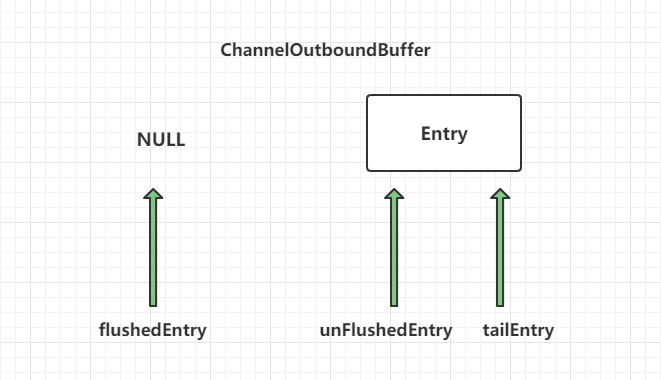
fushedEntry指向空,unFushedEntry和 tailEntry 都指向新加入的节点。第二次调用 addMessage之后,各个指针的情况为:

第n次调用 addMessage之后,各个指针的情况为:
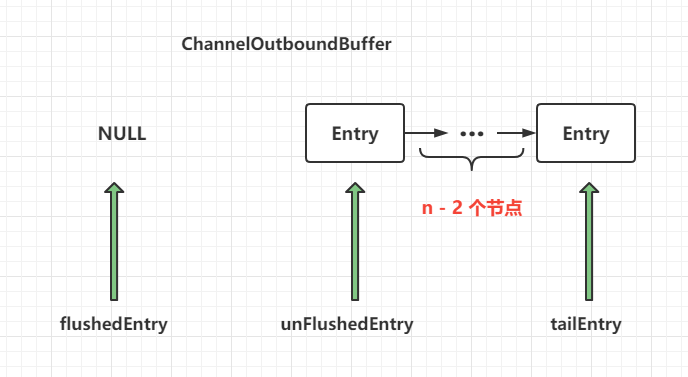
可以看到,调用n次addMessage,flushedEntry指针一直指向NULL,表示现在还未有节点需要写出到Socket缓冲区。
ChannelOutboundBuffer 主要提供了以下方法:
addMessage方法:添加数据到对列的队尾;addFlush方法:准备待发送的数据,在 flush 前需要调用;nioBuffers方法:用于获取待发送的数据。在发送数据的时候,需要调用该方法以便拿到数据;removeBytes方法:发送完成后需要调用该方法来删除已经成功写入TCP缓存的数据。
addMessage 方法
addMessage 方法是系统调用write方法时调用,源码如下。
public void addMessage(Object msg, int size, ChannelPromise promise) {
ChannelOutboundBuffer.Entry entry = ChannelOutboundBuffer.Entry.newInstance(msg, size, total(msg), promise);
if (this.tailEntry == null) {
this.flushedEntry = null;
} else {
ChannelOutboundBuffer.Entry tail = this.tailEntry;
tail.next = entry;
}
this.tailEntry = entry;
if (this.unflushedEntry == null) {
this.unflushedEntry = entry;
}
this.incrementPendingOutboundBytes((long)entry.pendingSize, false);
}
上述源码流程如下:
- 将消息数据包装成 Entry 对象;
- 如果对列为空,直接设置尾结点为当前节点,否则将新节点放尾部;
unflushedEntry为空说明不存在暂时不需要发送的节点,当前节点就是第一个暂时不需要发送的节点;- 将消息添加到未刷新的数组后,增加挂起的节点。
这里需要重点看看第一步将消息数据包装成 Entry 对象的方法。
static final class Entry {
private static final Recycler<ChannelOutboundBuffer.Entry> RECYCLER = new Recycler<ChannelOutboundBuffer.Entry>() {
protected ChannelOutboundBuffer.Entry newObject(Handle<ChannelOutboundBuffer.Entry> handle) {
return new ChannelOutboundBuffer.Entry(handle);
}
};
// ...
static ChannelOutboundBuffer.Entry newInstance(Object msg, int size, long total, ChannelPromise promise) {
ChannelOutboundBuffer.Entry entry = (ChannelOutboundBuffer.Entry)RECYCLER.get();
entry.msg = msg;
entry.pendingSize = size + ChannelOutboundBuffer.CHANNEL_OUTBOUND_BUFFER_ENTRY_OVERHEAD;
entry.total = total;
entry.promise = promise;
return entry;
}
// ...
}
其中Recycler类是基于线程本地堆栈的轻量级对象池。这意味着调用newInstance方法时 ,并不是直接创建了一个 Entry 实例,而是通过对象池获取的。
下面我们看看incrementPendingOutboundBytes方法的源码。
private void incrementPendingOutboundBytes(long size, boolean invokeLater) {
if (size != 0L) {
// TOTAL_PENDING_SIZE_UPDATER 当前缓存中 存在的代写的 字节
// 累加
long newWriteBufferSize = TOTAL_PENDING_SIZE_UPDATER.addAndGet(this, size);
// 判断 新的将被写的 buffer的容量不能超过 getWriteBufferHighWaterMark() 默认是 64*1024 64字节
if (newWriteBufferSize > (long)this.channel.config().getWriteBufferHighWaterMark()) {
// 超过64 字节,进入这个方法
this.setUnwritable(invokeLater);
}
}
}
在每次添加新的节点后都调用incrementPendingOutboundBytes((long)entry.pendingSize, false)方法,这个方法的作用是设置写状态,设置怎样的状态呢?我们看它的源码,可以看到,它会记录下累计的ByteBuf的容量,一旦超出了阈值,就会传播channel不可写的事件。
addFlush 方法
addFlush 方法是在系统调用 flush 方法时调用的,addFlush 方法的源码如下。
public void addFlush() {
ChannelOutboundBuffer.Entry entry = this.unflushedEntry;
if (entry != null) {
if (this.flushedEntry == null) {
this.flushedEntry = entry;
}
do {
++this.flushed;
if (!entry.promise.setUncancellable()) {
int pending = entry.cancel();
this.decrementPendingOutboundBytes((long)pending, false, true);
}
entry = entry.next;
} while(entry != null);
this.unflushedEntry = null;
}
}
以上方法的主要功能就是暂存数据节点变成待发送节点,即flushedEntry 指向的节点到unFlushedEntry指向的节点(不包含 unFlushedEntry)之间的数据。
上述源码的流程如下:
- 先获取
unFlushedEntry指向的暂存数据的起始节点; - 将待发送数据起始指针
flushedEntry指向暂存起始节点; - 通过
promise.setUncancellable()锁定待发送数据,并在发送过程中取消,如果锁定过程中发现其节点已经取消,则调用entry.cancel()取消节点发送,并减少待发送的总字节数。
下面我们看看decrementPendingOutboundBytes方法的源码。
private void decrementPendingOutboundBytes(long size, boolean invokeLater, boolean notifyWritability) {
if (size != 0L) {
// 每次 减去 -size
long newWriteBufferSize = TOTAL_PENDING_SIZE_UPDATER.addAndGet(this, -size);
// 默认 getWriteBufferLowWaterMark() -32kb
// newWriteBufferSize<32 就把不可写状态改为可写状态
if (notifyWritability && newWriteBufferSize < (long)this.channel.config().getWriteBufferLowWaterMark()) {
this.setWritable(invokeLater);
}
}
}
AbstractNioByteChannel 类
在这个类中,我们主要看doWrite(ChannelOutboundBuffer in)方法,源码如下。
protected void doWrite(ChannelOutboundBuffer in) throws Exception {
int writeSpinCount = this.config().getWriteSpinCount();
do {
Object msg = in.current();
if (msg == null) {
this.clearOpWrite();
return;
}
writeSpinCount -= this.doWriteInternal(in, msg);
} while(writeSpinCount > 0);
this.incompleteWrite(writeSpinCount < 0);
}
通过一个无限循环,保证可以拿到所有的节点上的ByteBuf,通过这个函数获取节点,Object msg = in.current();
我们进一步看它的实现,如下,它只会取出我们标记的节点。
public Object current() {
ChannelOutboundBuffer.Entry entry = this.flushedEntry;
return entry == null ? null : entry.msg;
}
下面我们看下doWriteInternal(in, msg)的方法源码。
private int doWriteInternal(ChannelOutboundBuffer in, Object msg) throws Exception {
if (msg instanceof ByteBuf) {
ByteBuf buf = (ByteBuf)msg;
if (!buf.isReadable()) {
in.remove();
return 0;
}
int localFlushedAmount = this.doWriteBytes(buf);
if (localFlushedAmount > 0) {
in.progress((long)localFlushedAmount);
if (!buf.isReadable()) {
in.remove();
}
return 1;
}
} else {
if (!(msg instanceof FileRegion)) {
throw new Error();
}
FileRegion region = (FileRegion)msg;
if (region.transferred() >= region.count()) {
in.remove();
return 0;
}
long localFlushedAmount = this.doWriteFileRegion(region);
if (localFlushedAmount > 0L) {
in.progress(localFlushedAmount);
if (region.transferred() >= region.count()) {
in.remove();
}
return 1;
}
}
return 2147483647;
}
使用 jdk 的自旋锁,循环16次,尝试往 jdk 底层的ByteBuffer中写数据,调用函数doWriteBytes(buf);他具体的实现是客户端 channel 的封装类NioSocketChannel实现的源码如下:
protected int doWriteBytes(ByteBuf buf) throws Exception {
int expectedWrittenBytes = buf.readableBytes();
// 将字节数据, 写入到 java 原生的 channel中
return buf.readBytes(this.javaChannel(), expectedWrittenBytes);
}
这个readBytes()依然是抽象方法,因为前面我们曾经把从 ByteBuf 转化成了 Dirct 类型的,所以它的实现类是PooledDirctByteBuf 继续跟进如下:
public int readBytes(GatheringByteChannel out, int length) throws IOException {
this.checkReadableBytes(length);
// 关键的就是 getBytes() 跟进去
int readBytes = this.getBytes(this.readerIndex, out, length, true);
this.readerIndex += readBytes;
return readBytes;
}
private int getBytes(int index, GatheringByteChannel out, int length, boolean internal) throws IOException {
this.checkIndex(index, length);
if (length == 0) {
return 0;
} else {
ByteBuffer tmpBuf;
if (internal) {
tmpBuf = this.internalNioBuffer();
} else {
tmpBuf = ((ByteBuffer)this.memory).duplicate();
}
index = this.idx(index);
// 将netty 的 ByteBuf 塞进 jdk的 ByteBuffer tmpBuf;
tmpBuf.clear().position(index).limit(index + length);
// 调用jdk的write()方法
return out.write(tmpBuf);
}
}
被使用过的节点会被remove()掉, 源码如下。
private void removeEntry(ChannelOutboundBuffer.Entry e) {
if (--this.flushed == 0) { // 如果是最后一个节点,把所有的指针全部设为null
this.flushedEntry = null;
if (e == this.tailEntry) {
this.tailEntry = null;
this.unflushedEntry = null;
}
} else { // 如果不是最后一个节点, 把当前节点,移动到最后的节点
this.flushedEntry = e.next;
}
}
小结
1、调用write方法并没有将数据写到 Socket 缓冲区中,而是写到了一个单向链表的数据结构中,flush才是真正的写出。
2、writeAndFlush等价于先将数据写到netty的缓冲区,再将netty缓冲区中的数据写到Socket缓冲区中,写的过程与并发编程类似,用自旋锁保证写成功。

